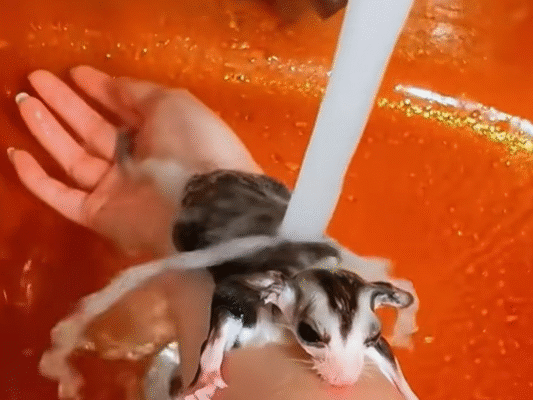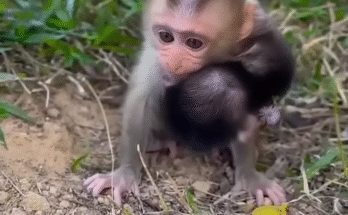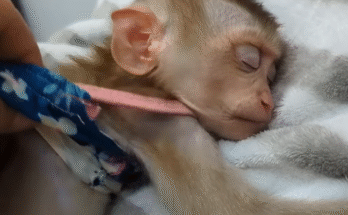I Found a Tiny Creature on the Road… It’s a Flying Squirrel 🐿
It was just another ordinary afternoon in the countryside. The sun had begun its gentle descent, casting golden hues over the trees, and the cicadas sang their familiar evening tune. I was walking along the quiet dirt road that curved through the forest near my home, enjoying the peace and the scent of pine needles in the warm air. That’s when something small, barely noticeable, caught my eye near the edge of the road.
At first, I thought it was just a leaf or a piece of bark, but as I stepped closer, I noticed it had fur. My heart skipped a beat. I knelt down slowly, careful not to startle it. There, lying on the gravel, was the tiniest creature I had ever seen—a baby flying squirrel.
It looked so fragile, no bigger than the palm of my hand. Its fur was soft and brown, and its tiny, flat tail twitched as if trying to muster strength. Its large, round eyes blinked at me, full of confusion and fear. My instincts took over. I gently scooped the little squirrel into my hands, feeling its delicate warmth against my skin.
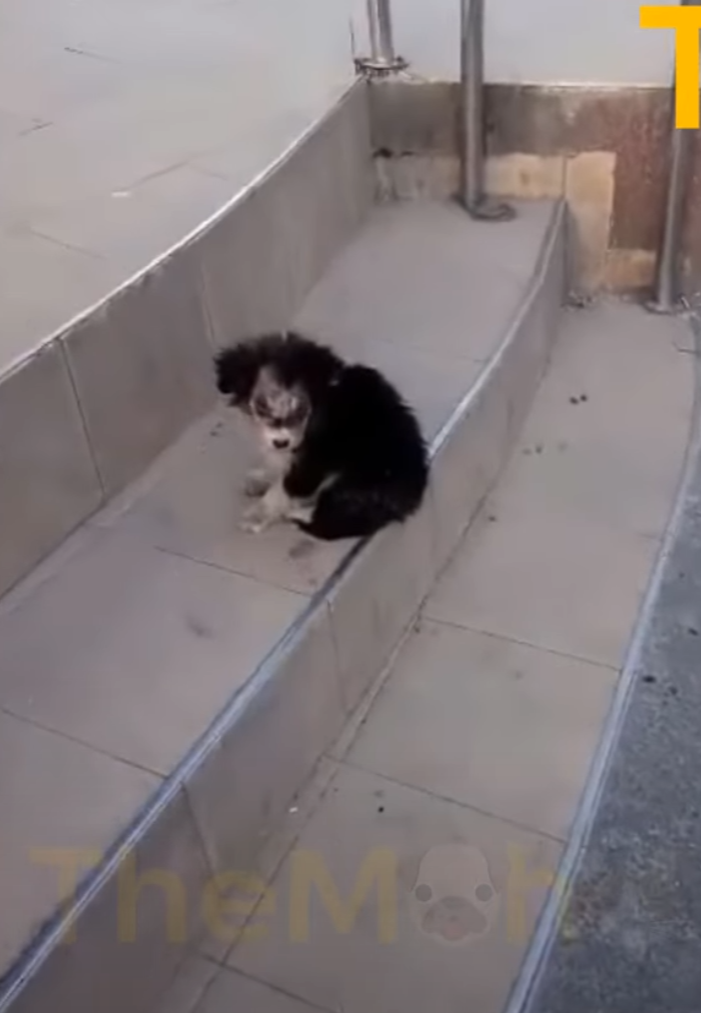
I looked around to see if its mother might be nearby. The trees stood silent. No nests. No rustling. Just the chirping of birds and the occasional whisper of wind through the leaves. It became clear that this tiny creature had fallen from somewhere high or had been separated from its nest.
There was no way I could leave it there to fend for itself. Predators, cars, even the chill of nightfall could end its life before it even began. I carefully placed the squirrel in my jacket pocket to keep it warm and hurried home.
At home, I turned to the internet to figure out how to care for a baby flying squirrel. I learned that flying squirrels are nocturnal, and they glide from tree to tree using a skin membrane called a patagium. They’re social, intelligent, and incredibly agile. But when they’re babies, like the one I had found, they need warmth, formula, and a safe, quiet place to rest.
I created a cozy little nest in a shoebox using soft towels and an old sock. The squirrel curled up instantly, exhausted from whatever ordeal had brought it to that lonely road. I named it “Whiskers” because of the fine, twitchy whiskers on its face that seemed far too big for its tiny body.
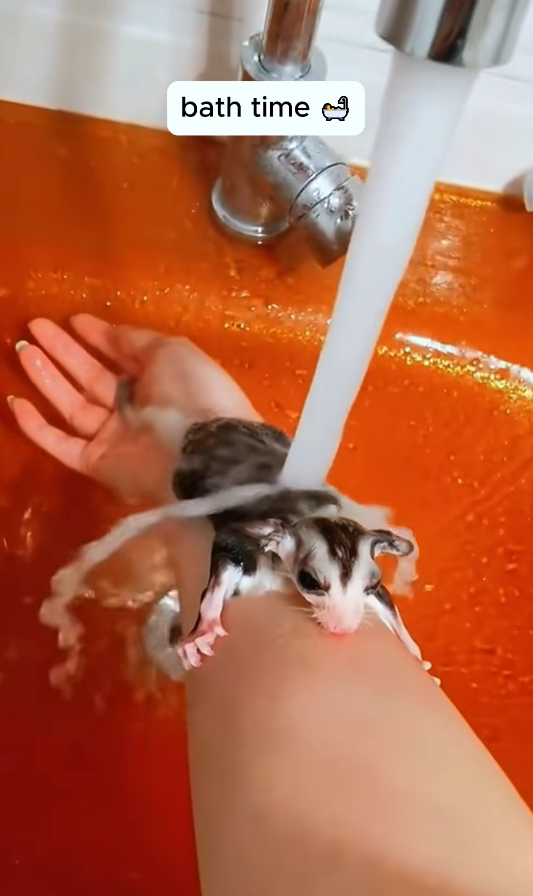
Feeding Whiskers was delicate work. I used a small syringe to give it warm, homemade formula every few hours. I stayed up most of that first night, checking on it, watching it breathe, making sure it was still alive. Each gentle squeak it made reassured me that it was fighting to survive.
Over the next few weeks, Whiskers grew stronger. His eyes became brighter, and his movements quicker. He’d stretch his limbs, trying to climb the sides of the shoebox, testing his strength. One day, as I was cleaning his box, he leapt—just a few inches—but with an unmistakable glide. My heart swelled with pride. He was learning.
I began to build a small climbing area in my room using branches, ropes, and wooden perches. Whiskers would scurry up and down, gliding from one end to the other in wobbly but determined flights. His energy was contagious. Every leap he made felt like a celebration.
Our bond deepened with each day. Whiskers would crawl up my sleeve and perch on my shoulder, his little paws gripping gently onto my shirt. At night, when I worked at my desk, he’d glide across the room and land with a quiet thump next to me, curiously sniffing my pen or nibbling at the corner of my notebook.
But as much as I loved having him with me, I knew I couldn’t keep him forever. Flying squirrels are wild animals, and even though Whiskers had grown up under my care, his true home was in the forest, under the moonlight, among the trees.
So, I started preparing him for life outside. I set up a small enclosure in the backyard with branches and tree bark, letting him get used to the sights, sounds, and smells of the wild. Every day, I let him spend more time there, always nearby to watch over him.
Then came the day I both dreaded and hoped for. Whiskers had grown into a confident, graceful little squirrel. His glides were effortless, his curiosity boundless. I opened the enclosure door and stood back. He looked at me, his black eyes wide and calm, as if he understood.
He climbed up the nearest tree and paused halfway, turning to glance at me one last time. Then, without hesitation, he launched into the air. He soared through the branches, his patagium stretched wide, catching the breeze. He landed on a distant limb with perfect balance, then disappeared into the canopy.
I stood there for a long time, my heart heavy and full at once. Whiskers was free.
Days passed, and I would sometimes sit outside, hoping to catch a glimpse of him. Once, I thought I saw a flying squirrel watching me from a high branch. Maybe it was Whiskers. Maybe not. But I liked to believe it was.
That tiny creature on the road had changed my life in a way I hadn’t expected. He reminded me of how much power lies in the small and helpless, and how every life, no matter how tiny, has meaning. Whiskers taught me about compassion, patience, and letting go.
Now, whenever I walk that same quiet road and see a rustle in the leaves or hear a squeak in the trees, I smile. Somewhere out there, a flying squirrel is gliding through the night—strong, wild, and free—because one day, I decided to stop and care for a tiny creature on the road. 🐿💫
